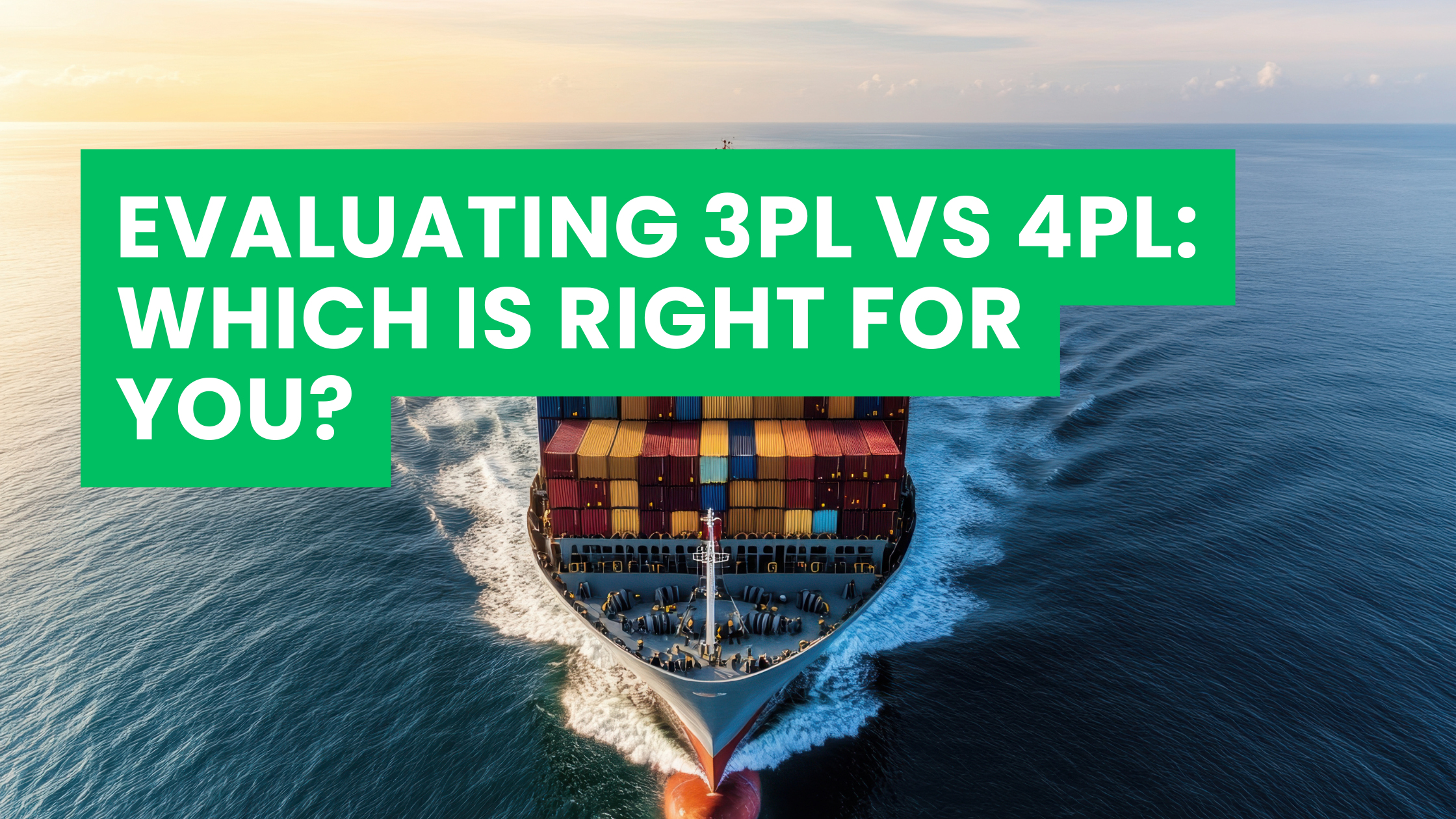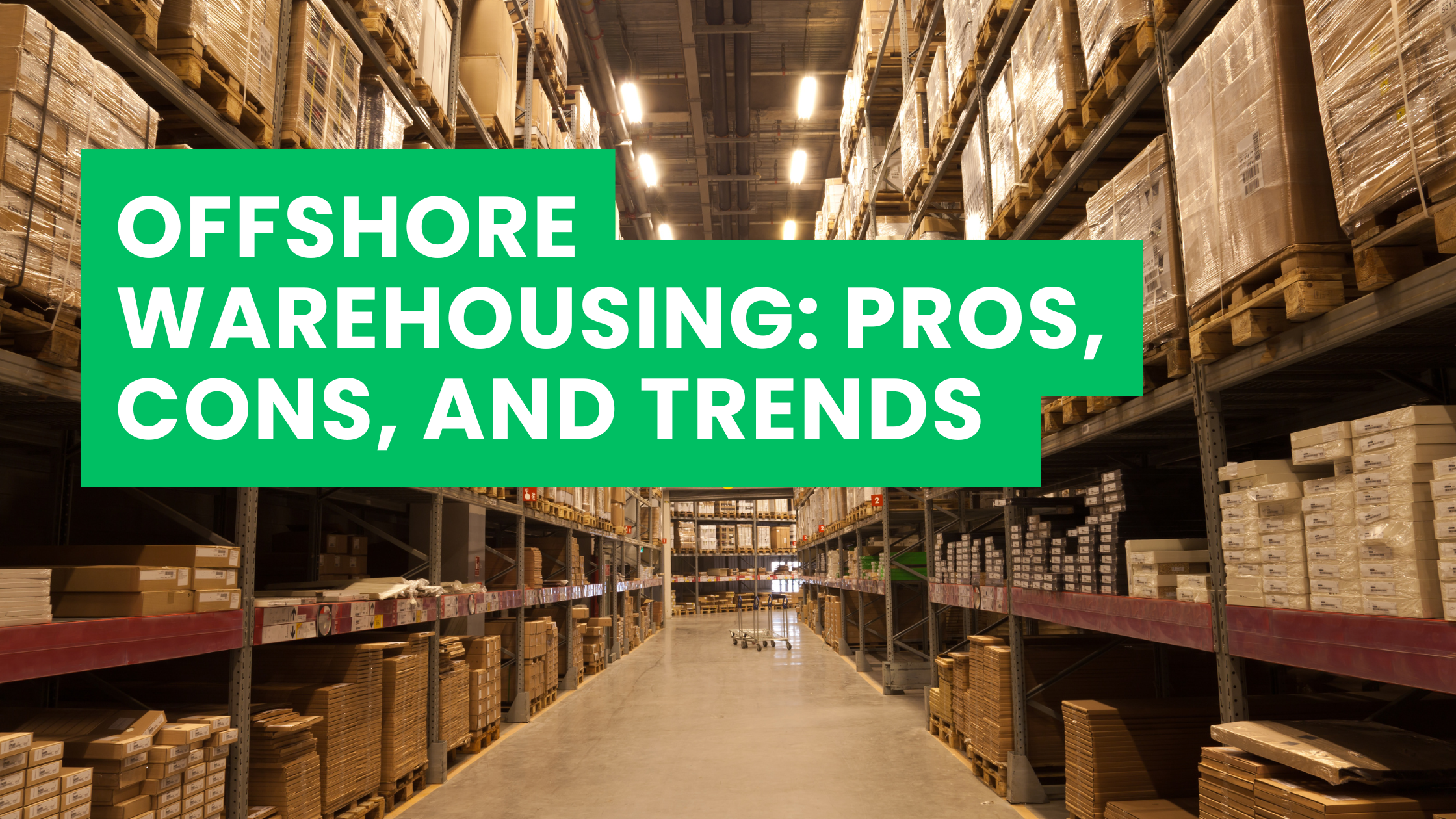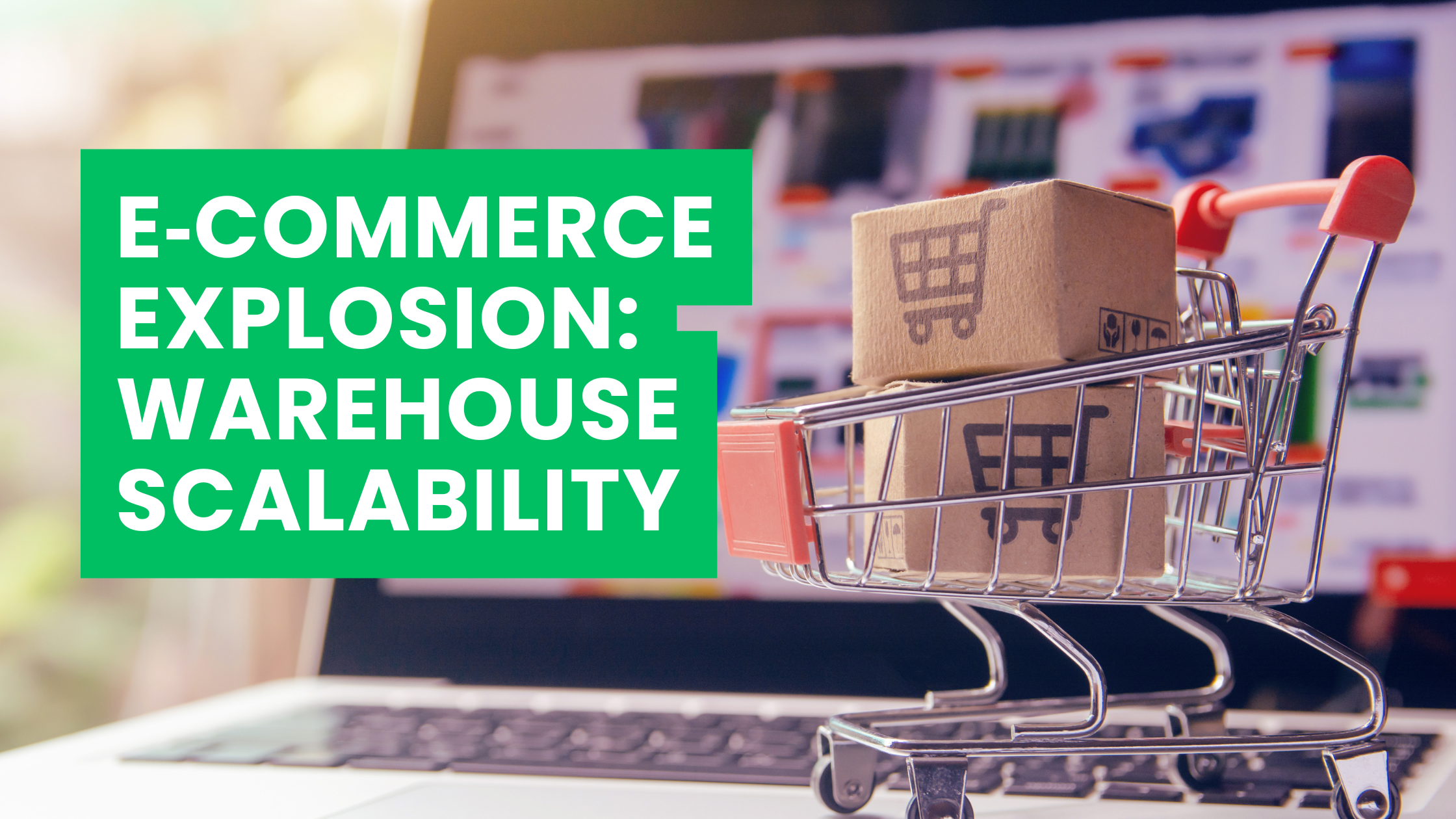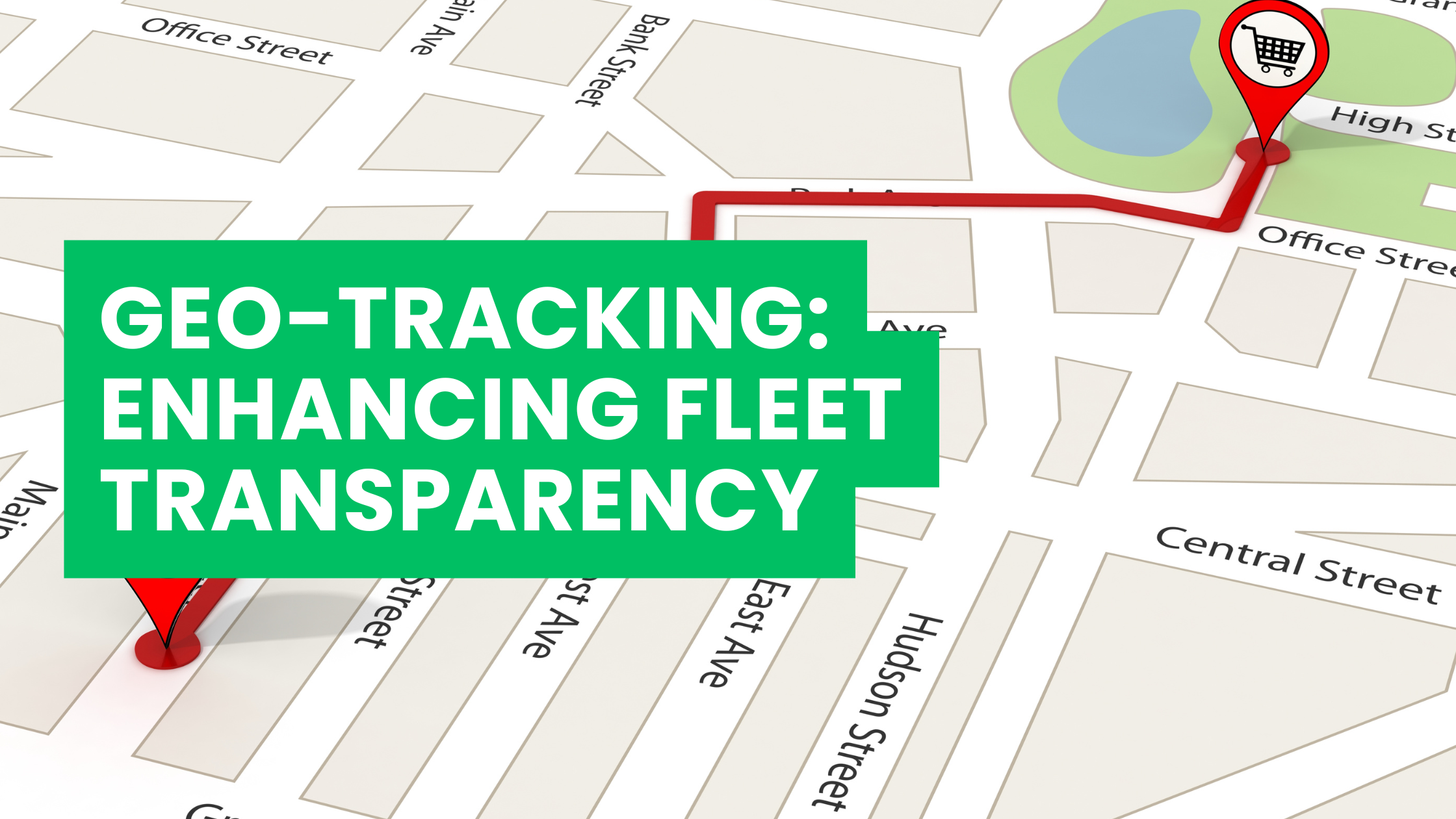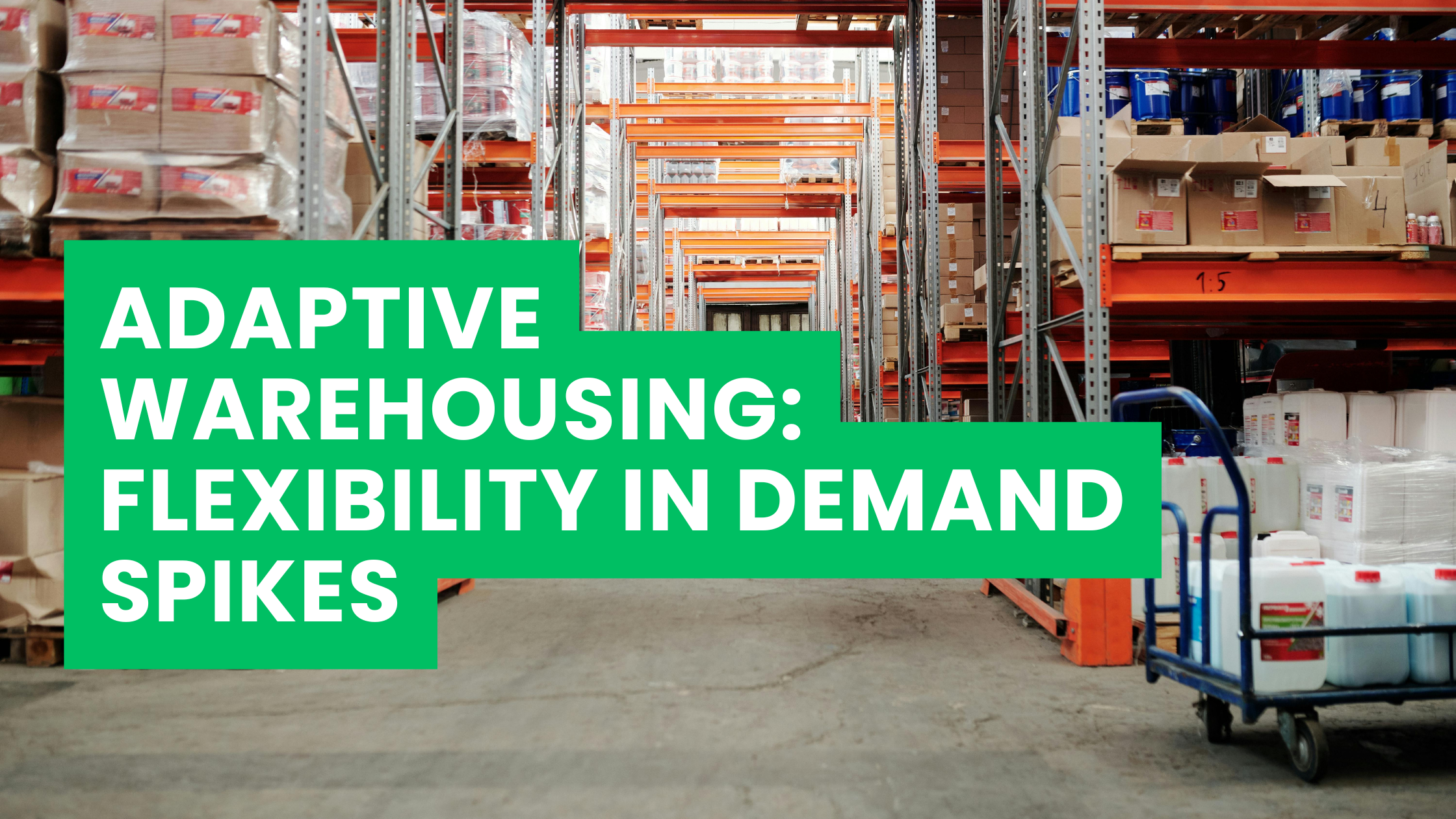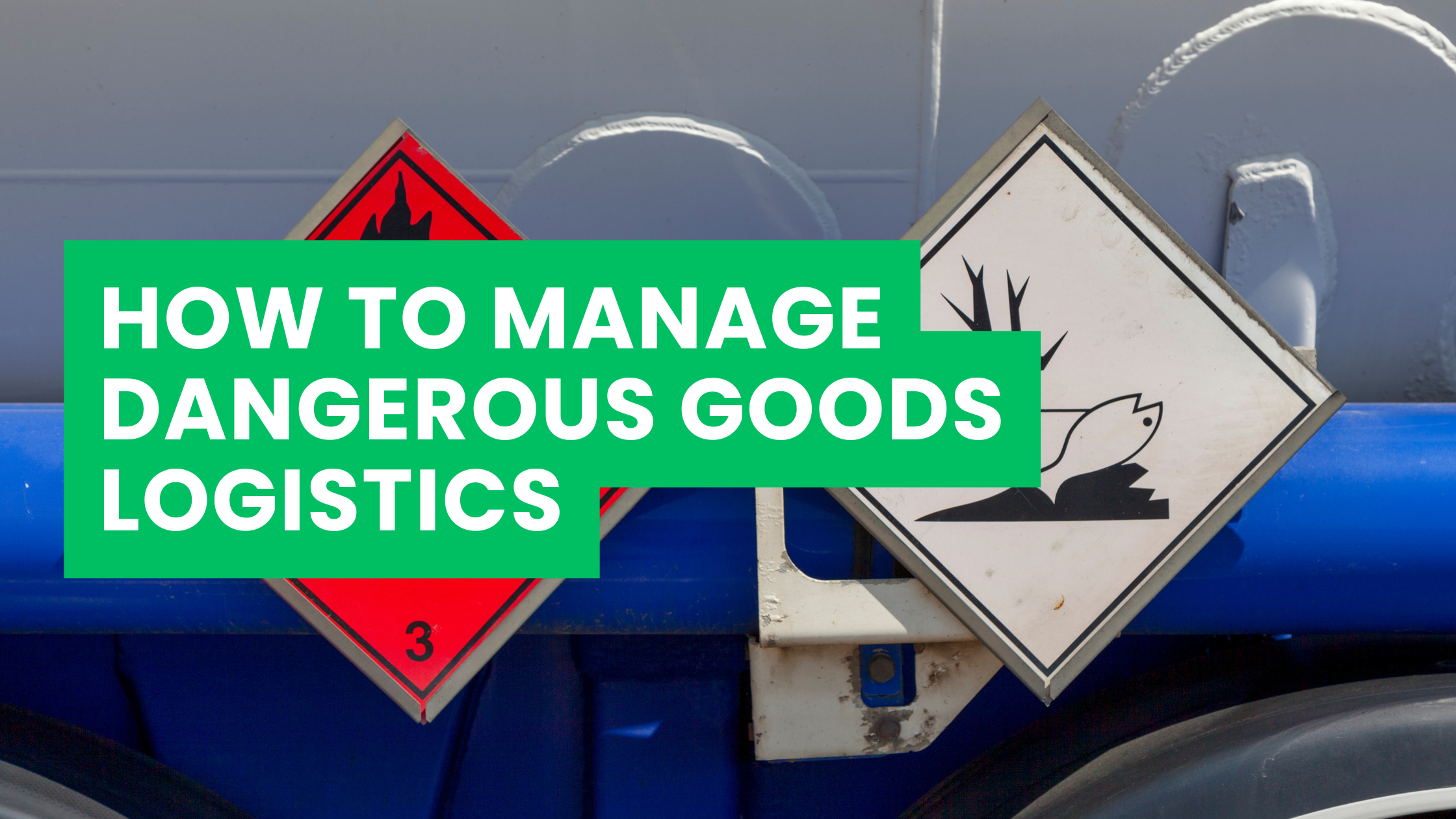Introduction
As global trade intensifies and consumer demand for fast, reliable shipping increases, the cargo transport industry finds itself at a pivotal crossroads. While cargo transport—whether via air, sea, rail, or road—remains essential to international commerce, it is also a significant contributor to greenhouse gas (GHG) emissions. With growing pressure from governments, investors, and environmentally-conscious customers, logistics companies are turning to carbon offsetting as a key strategy to reduce their environmental impact.
At ASL International, we believe in embracing sustainable practices that align profitability with planetary responsibility. This blog explores what carbon offsetting entails, how it applies to cargo transport, and the opportunities and challenges it presents in the logistics landscape.
What Is Carbon Offsetting?
Carbon offsetting is a practice where businesses or individuals compensate for their carbon dioxide (CO₂) emissions by investing in environmental projects that reduce or remove an equivalent amount of emissions elsewhere. These projects may include:
- Reforestation and afforestation
- Renewable energy (solar, wind, hydro)
- Methane capture from landfills or agricultural processes
- Clean cookstove distribution
- Carbon capture and storage (CCS) technologies
By purchasing carbon credits from these projects, cargo transport companies can “offset” the emissions generated during the transportation of goods.
Why Cargo Transport Needs Carbon Offsetting
According to the International Transport Forum (ITF), freight transport accounts for nearly 8% of global carbon emissions—a number that’s projected to grow without intervention. Carbon offsetting provides a practical, scalable solution to balance the sector’s ecological footprint while enabling continued economic growth.
Key Drivers Behind Offsetting in Logistics:
- Regulatory compliance with emissions targets (EU ETS, IMO 2023, etc.)
- Corporate sustainability commitments (ESG goals, carbon-neutral pledges)
- Customer expectations for green shipping alternatives
- Investor pressure on environmental accountability
- Brand reputation and competitive differentiation
How Carbon Offsetting Works in Cargo Transport
Carbon offsetting in logistics involves a few key steps:
1. Calculating Emissions
The first step is to accurately calculate the carbon footprint of a shipment. This can vary by mode of transport:
- Air cargo emits the most CO₂ per ton-kilometer
- Ocean freight emits less per ton-kilometer but still contributes significantly overall
- Trucking and rail fall somewhere in between depending on fuel type and distance
Tools like the Global Logistics Emissions Council (GLEC) Framework or ISO 14083 standards help standardize these calculations.
2. Selecting Offset Projects
Once emissions are calculated, the company chooses certified carbon offset projects through platforms such as:
- Gold Standard
- Verified Carbon Standard (VCS)
- CDM (Clean Development Mechanism)
- Climate Action Reserve
These ensure the legitimacy, traceability, and environmental integrity of the offset.
3. Purchasing Carbon Credits
Each credit typically equals one metric ton of CO₂ equivalent (tCO₂e) reduced or removed. Companies purchase enough credits to match the emissions they generated from cargo transport.
4. Certification and Reporting
Most businesses voluntarily report their carbon offsetting as part of corporate ESG reporting, sustainability statements, or in partnership with third-party certifiers.
Carbon Offsetting Options in Logistics
A. Carrier-Based Programs
Many global logistics providers (e.g., Maersk, DHL, Kuehne+Nagel) offer built-in carbon offsetting options where shippers pay a surcharge that is used to fund offset projects.
B. Independent Offsetting
Companies can independently purchase offsets tailored to their specific emission levels and preferred sustainability goals.
C. Carbon-Neutral Shipping Labels
E-commerce and logistics companies now offer carbon-neutral shipping at the customer checkout level, giving end-users a choice to offset emissions tied to their deliveries.
Benefits of Carbon Offsetting in Cargo Transport
1. Environmental Impact Reduction
While reducing actual emissions remains the ultimate goal, offsetting enables companies to take immediate action toward carbon neutrality.
2. Regulatory Readiness
Offsetting helps prepare businesses for upcoming carbon taxes and emissions regulations like the EU’s Carbon Border Adjustment Mechanism (CBAM) and IMO’s GHG strategy.
3. Improved Customer Loyalty
Today’s consumers and B2B clients are more likely to choose logistics partners that offer transparent and sustainable transport options.
4. Investor Appeal
Sustainable operations often lead to improved Environmental, Social, and Governance (ESG) ratings, which are increasingly scrutinized by institutional investors.
5. Global Collaboration
Offsetting promotes climate action in emerging economies, creating jobs, improving air quality, and contributing to the UN’s Sustainable Development Goals (SDGs).
Challenges and Criticisms of Carbon Offsetting
Despite its growing popularity, carbon offsetting is not without controversy.
1. “Greenwashing” Concerns
Critics argue that offsetting allows companies to avoid making real emission cuts by simply buying their way out of responsibility.
2. Project Integrity
The quality of offset projects varies. Without third-party verification, some projects may overstate benefits or fail to deliver actual emission reductions.
3. Permanence and Additionality
Offsets must be permanent (e.g., not reversed by wildfires) and additional (i.e., would not have occurred without the funding). Not all projects meet this standard.
4. Limited Scope
Offsetting should not replace efforts to decarbonize operations, adopt electric fleets, or shift to rail and sea freight where possible.
Complementary Strategies: Beyond Offsetting
For cargo transport to achieve true sustainability, carbon offsetting should be combined with proactive measures, including:
✅ Route Optimization
Using AI and GPS systems to reduce fuel usage and travel time.
✅ Modal Shifting
Encouraging clients to shift from air to sea or road to rail where feasible.
✅ Electrification
Adopting electric delivery vehicles, especially for last-mile logistics.
✅ Sustainable Packaging
Reducing waste and weight in packaging materials.
✅ Collaboration & Consolidation
Encouraging multi-client shipping to reduce empty load miles.
ASL International’s Commitment to Sustainability
At ASL International, we understand that sustainability is more than a trend—it’s a responsibility. That’s why we are actively integrating carbon offsetting into our end-to-end logistics solutions.
Our Approach:
- Emission Audits: We help clients measure and understand their transport-related emissions.
- Certified Offsets: We work with VCS- and Gold Standard-certified offset providers.
- Carbon-Neutral Shipping Options: Available for international freight movements upon request.
- Client Reporting: We provide offset certificates and sustainability statements for your ESG records.
Future Goals:
- Incorporate AI-based route optimization tools
- Transition portions of our fleet to electric or biofuel-powered vehicles
- Develop a Carbon Dashboard for client visibility into their environmental impact
How to Get Started with Carbon Offsetting in Cargo
Here’s a simple guide for businesses ready to embrace carbon-neutral transport:
- Measure your freight emissions (use GLEC or hire a certified sustainability consultant)
- Choose a trusted logistics partner like ASL International with sustainability expertise
- Select certified offset projects that align with your corporate values
- Communicate transparently with your customers and stakeholders
- Continuously monitor and reduce emissions while using offsets as a support strategy
Conclusion
Carbon offsetting in cargo transport is not a silver bullet, but it is a vital tool in the fight against climate change. As businesses strive to align logistics operations with environmental and social governance standards, offsetting offers a bridge between today’s carbon-heavy infrastructure and a cleaner, more resilient tomorrow.
At ASL International, we are proud to lead the charge toward sustainable cargo solutions. Through transparent carbon offsetting, innovative route planning, and responsible sourcing, we help our clients move goods while moving the world forward.

